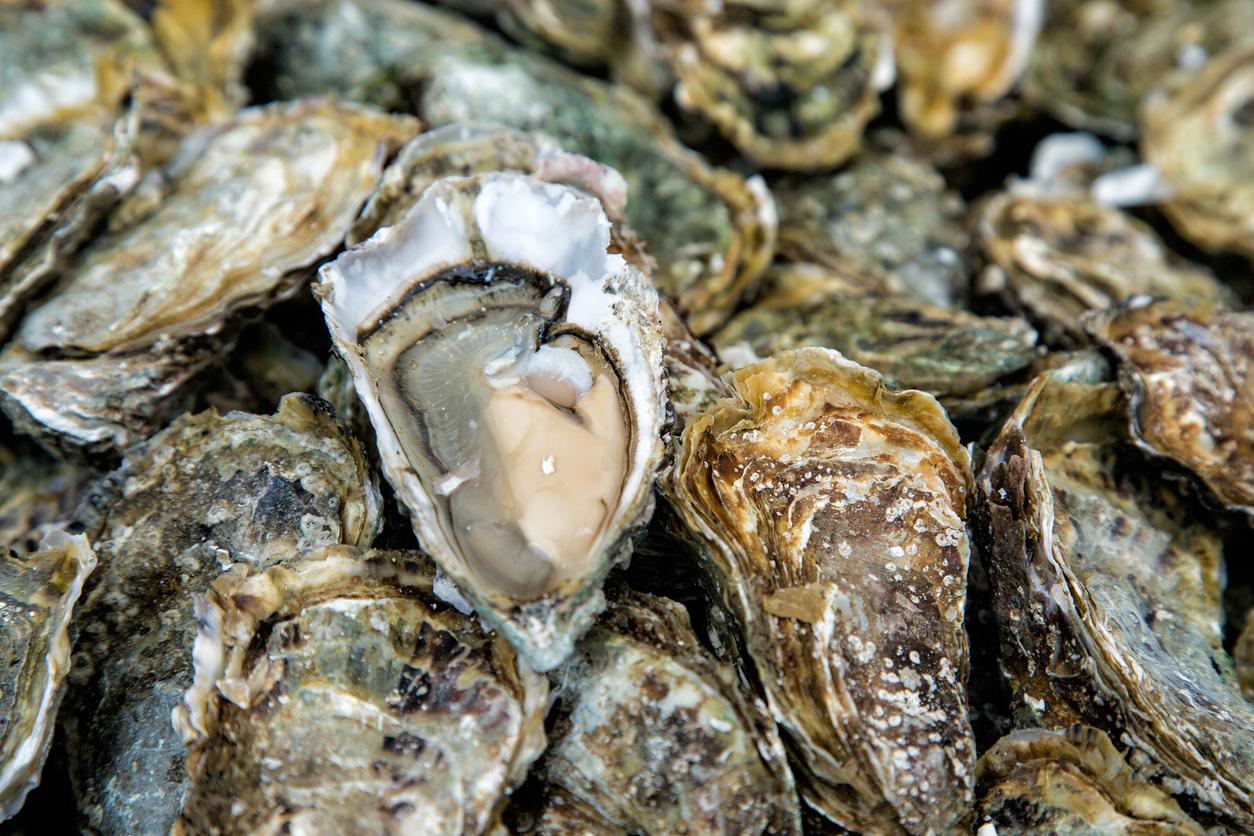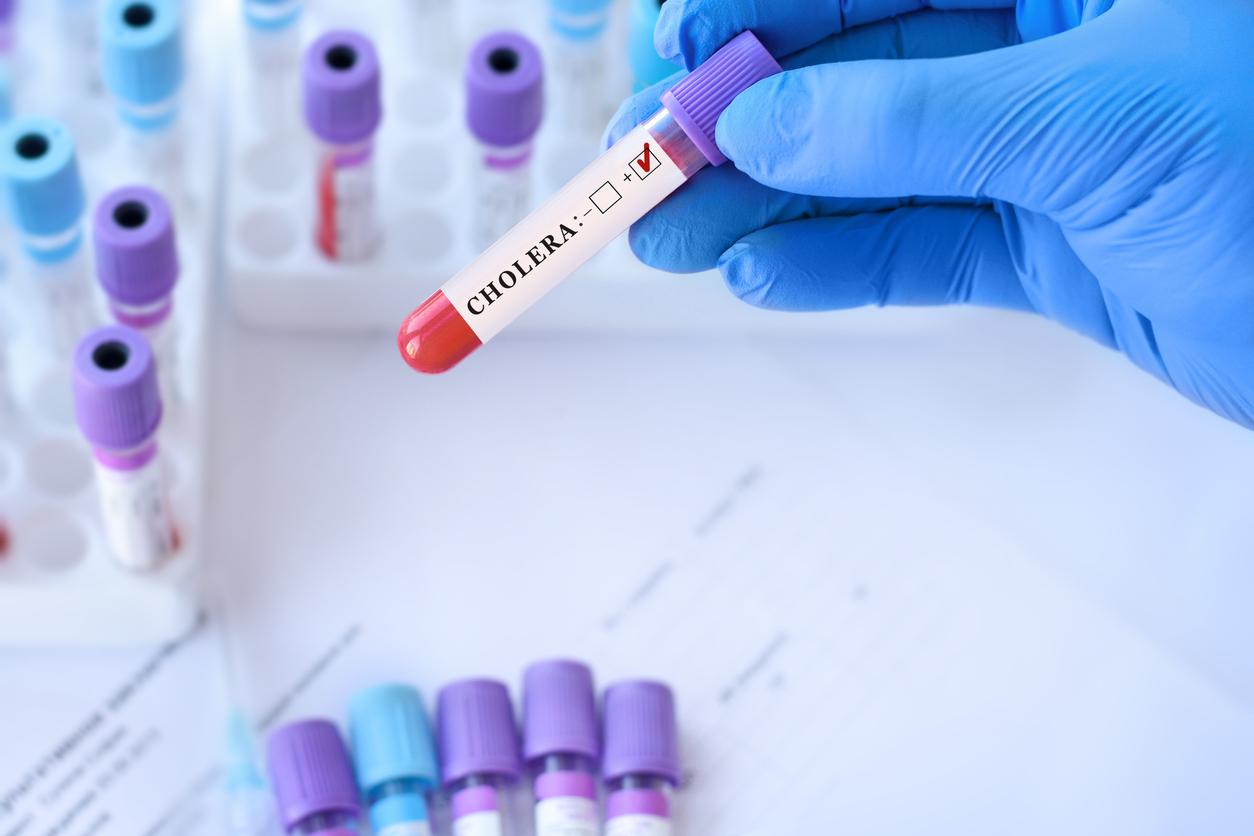Fat droplets help cells attack bacteria. A process that could help find countermeasures against infectious agents resistant to antibiotics.

- Fat helps cells make toxic proteins directed at infectious agents
- This discovery could help fight bacteria that are resistant to antibiotics
Fat can save us. A study from the University of Queensland in Australia shows that it participates in the fight against bacteria. Scientists had already demonstrated the important role of fat as food for cells, but it would also be a weapon for the immune system. “Fat is part of the arsenal of cells, they make toxic proteins, hide them in drops of lipid and then send them to intruders“, outlines Robert Parton, lead author of the study.
Multiple functions
“It’s a way of protecting cells, using fat as a hidden weapon“, he specifies. With his team, they made this observation by working on fruit flies. In the event of infection, lipid droplets move in the macrophages, the cells present in the white blood cells: they move towards the area where the bacteria are located. But this is not their only role, because the presence of bacteria can also modify the supply of cells. “Lipid drops can be used as an energy source for mitochondria when other nutrients are lacking“, adds Matt Sweet, co-author of the study.
This discovery provides important information for the fight against infections. The researchers want to continue their investigations to understand how the lipid drops manage to target bacteria.
A tool to fight against antibiotic resistance
“By having more information about the body’s defense mechanisms, we can develop new therapies, which are not based on antibiotics, to fight drug-resistant infections.“, emphasizes the researcher. Antibiotic resistance is the consequence of the massive use of antibiotics throughout the world: bacteria transform and develop genes resistant to these drugs. The World Health Organization considers this phenomenon as “one of the greatest health threats“. The European Center for Disease Control estimates that 25,000 people die of it each year on the continent.
.














